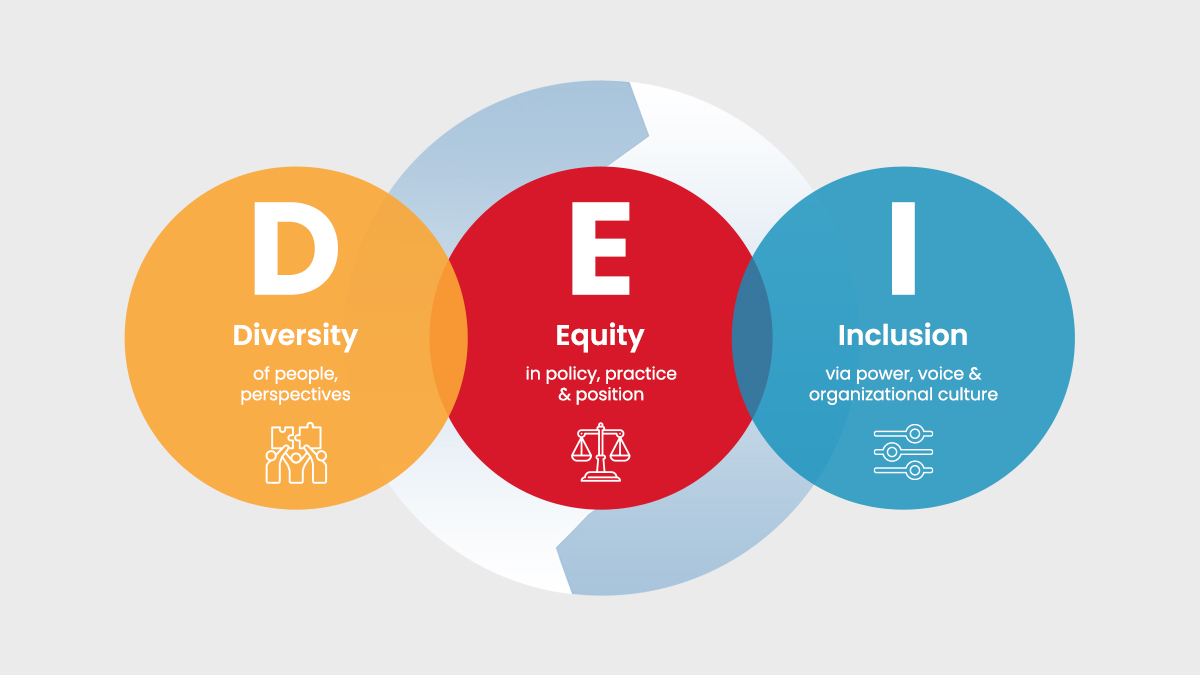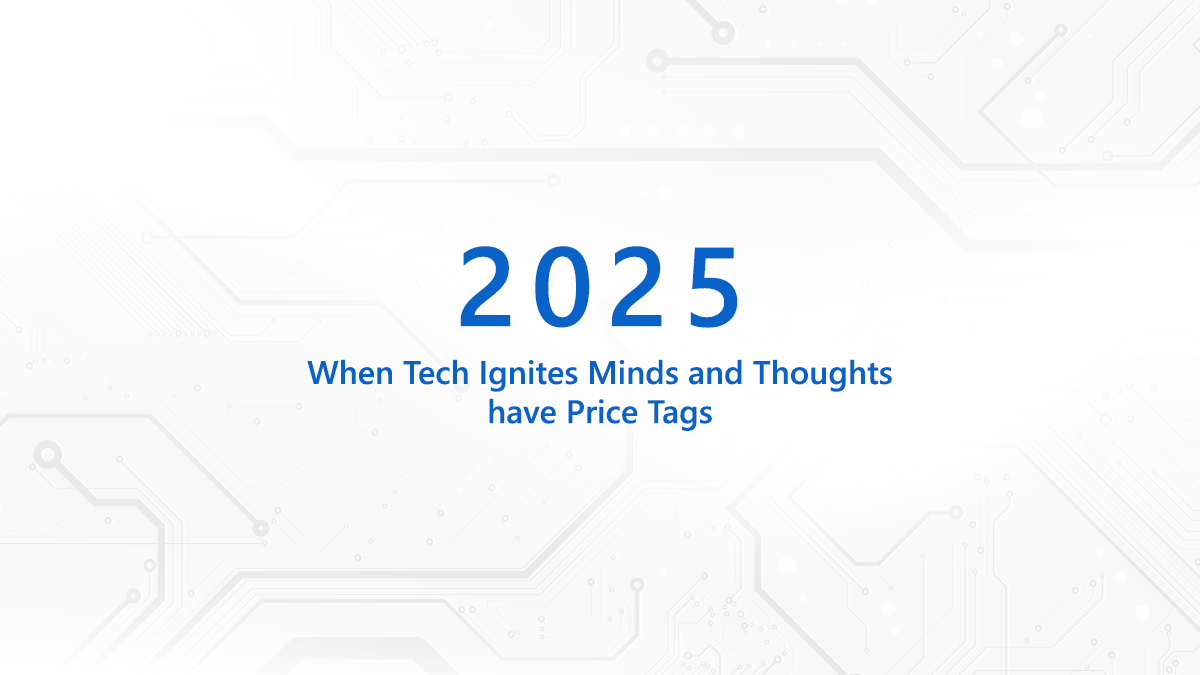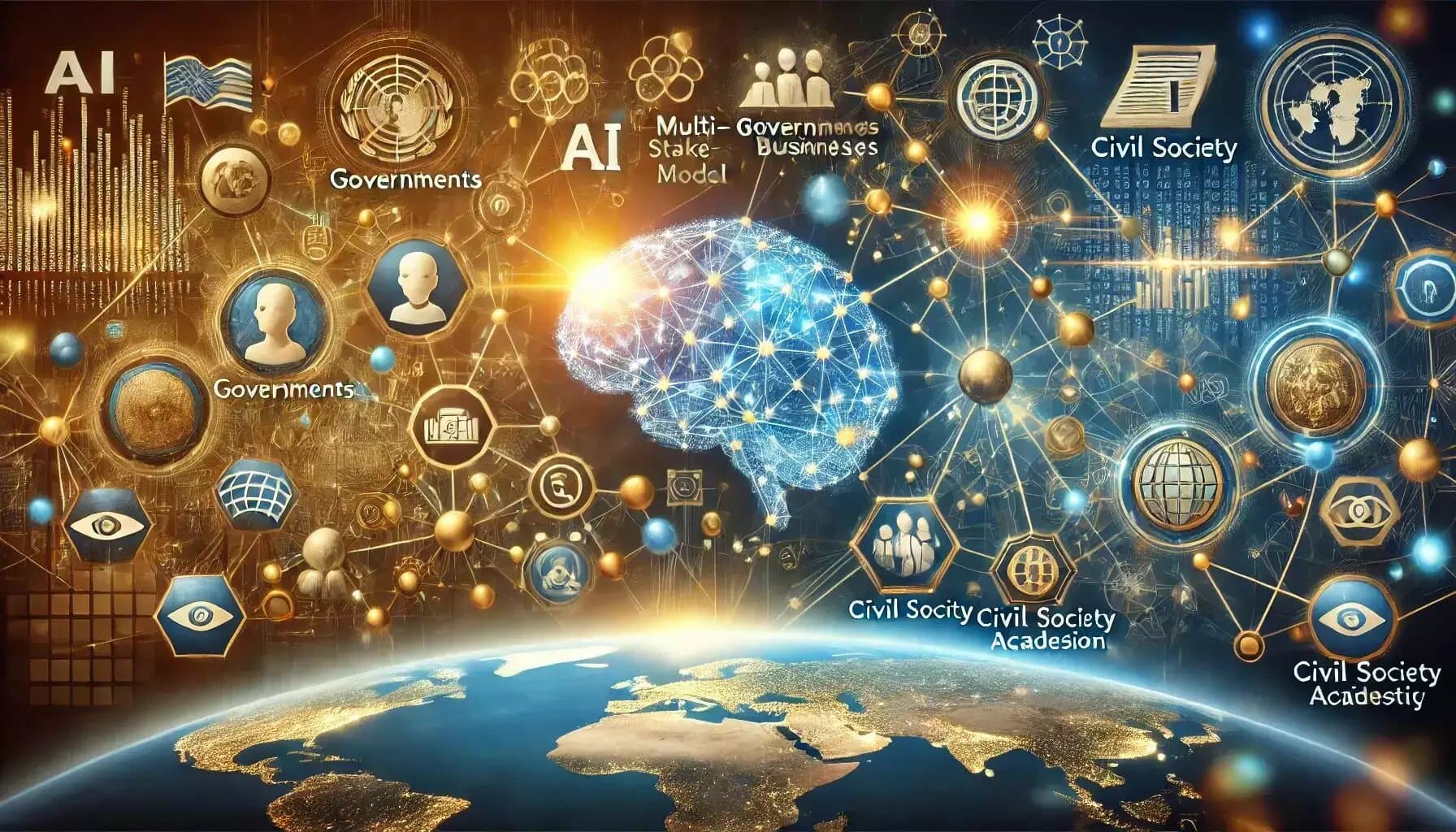You are amply aware of the ways in which brands leverage social media channels to deepen connect with their customers. They not just keep tabs on the stream of posts and conversations on Twitter or Facebook but invest time and technology in probing the mood and sentiment of the people behind the posts. They call this phenomenon ‘social listening’. It goes many notches beyond social media monitoring as responses are not merely read but mined and analyzed to deliver actionable insights. But it begs the question- is technology enabled social listening only for corporates? One wonders if it creates any value for governments. Yes, if we come to grips with the changing dynamics of government to citizen interface. Just imagine how a government tackles fake news and malicious propaganda or responds to the citizens’ concerns on a colossal heath crisis like the Coronavirus pandemic. Beyond the negative sentiment, what if a government department needs to loop in public feedback and gauge their mood on a campaign or policy? On all these counts, a well-designed social listening platform can be a ready enabler, thus giving a more humane face to governments and spearheading ‘digital democracy’.
![]()
Why Governments Need Technology to Tackle the Social Media Juggernaut
Think of your last session on any of the sticky social media platforms (Facebook, Twitter or LinkedIn). And, the next time you log in. You get bombarded with a deluge of posts, images, videos, et al. Quite unsurprising. Today, over 3.6 billion people (300 million+ in India) worldwide use social media (the figure grows as we read this piece and is tipped to reach 4.41 billion by 2025). Data never idles or sleeps, populating the internet every minute. Imagine how tough it is for any government to manage this data overload- manually reading and interpreting one post after the other can drain out time and patience. Moreover, for a government department, it gets profoundly difficult to distinguish a grievance from a suggestion and filter out a flippant message if the practice is overly manual. This backs the case for a social listening platform powered by Artificial Intelligence (AI).
How Social Listening Dissolves the Pain
A seamless social listening interface helps government in three-dimensional engagement with citizens instead of robotically pushing messages. Be it enlightening, engaging or plugging any trust deficit, any government has to dig deeper into the mind and psyche of the people. Social listening can unwrap the possibilities.
To substantiate, the World Health Organization (WHO) as part of its Infodemic Management, has created an exclusive social listening platform EARS- Early AI-supported response with Social Listening for mapping online conversations related to Covid pandemic in 20 pilot countries. Since December 15 last year, the platform has analyzed more than 13 million social posts in four languages- English, French, Spanish and Portuguese. EARS aggregates publicly available data from all popular social media platforms. Also, it mines data from other publicly available content such as blogs and news articles by tapping into keywords and hashtags. By interpreting natural language processing (NLP), it picks up on context cues about people’s intent behind their posts, like whether they’re asking a question or they’re complaining.
Governments need to go beyond run-of-the-mill tracking of social media posts and mentions to gauge the mood and sentiment of the people. Here, social listening is a formidable tool to burnish the government-to-citizen image. #SocialListening #GovTech https://t.co/JoKBfTJ8wb
— Priyadarshi Nanu Pany (@NanuPany) March 5, 2021
What’s Next for Social Listening - An Ear On the Future
Social listening has been evolving immensely over the past decade. The next few years, too, are replete with promise. This is one domain which is embracing the adoption of niche technologies like AI, Robotics and Big Data & Analytics. This is crucial for governments as they have to deal with a swarm of complaints and grievances from citizens. For example, the use of big data by any government agency can be immensely useful in analyzing a spate of data on social media handles. The technology also enables making effective use of legacy datasets to roll out targeted interventions in the future. And, with the profusion of data, Robotic Process Automation needs to be deployed in mundane and error prone processes. Social listening can be an effective Digital Governance tool as governments step up efforts to permeate the pulse of citizens.


























































We will verify and publish your comment soon.